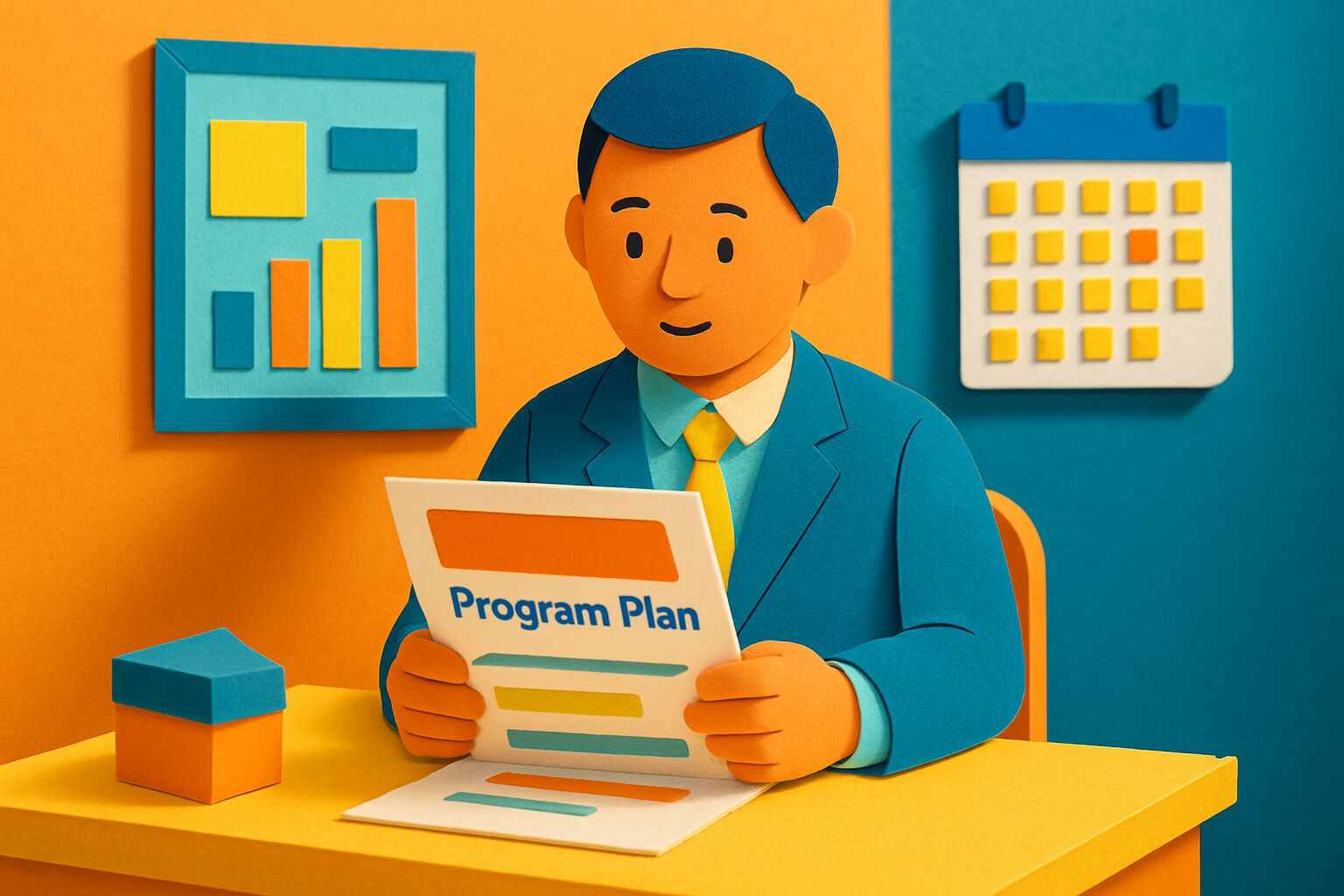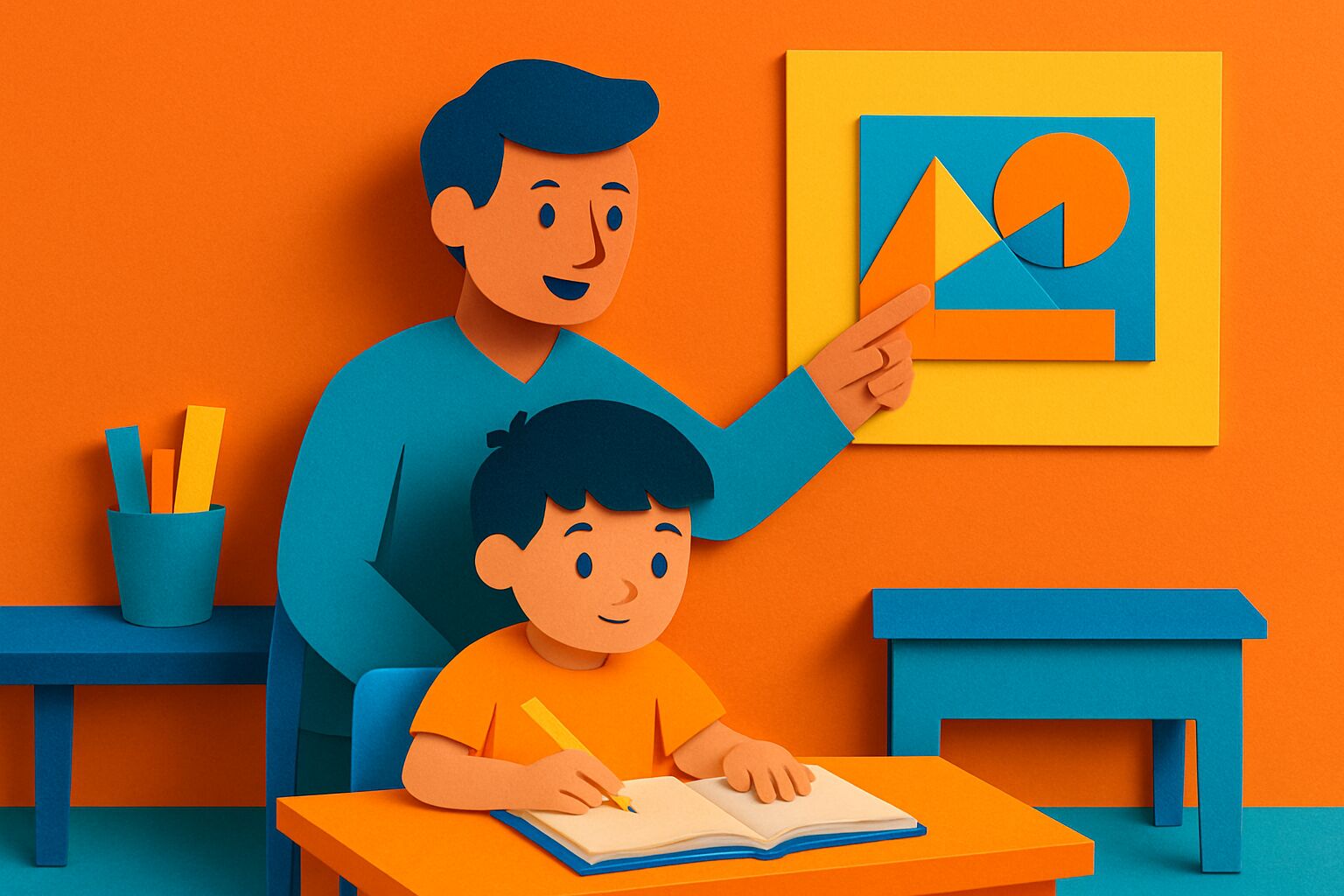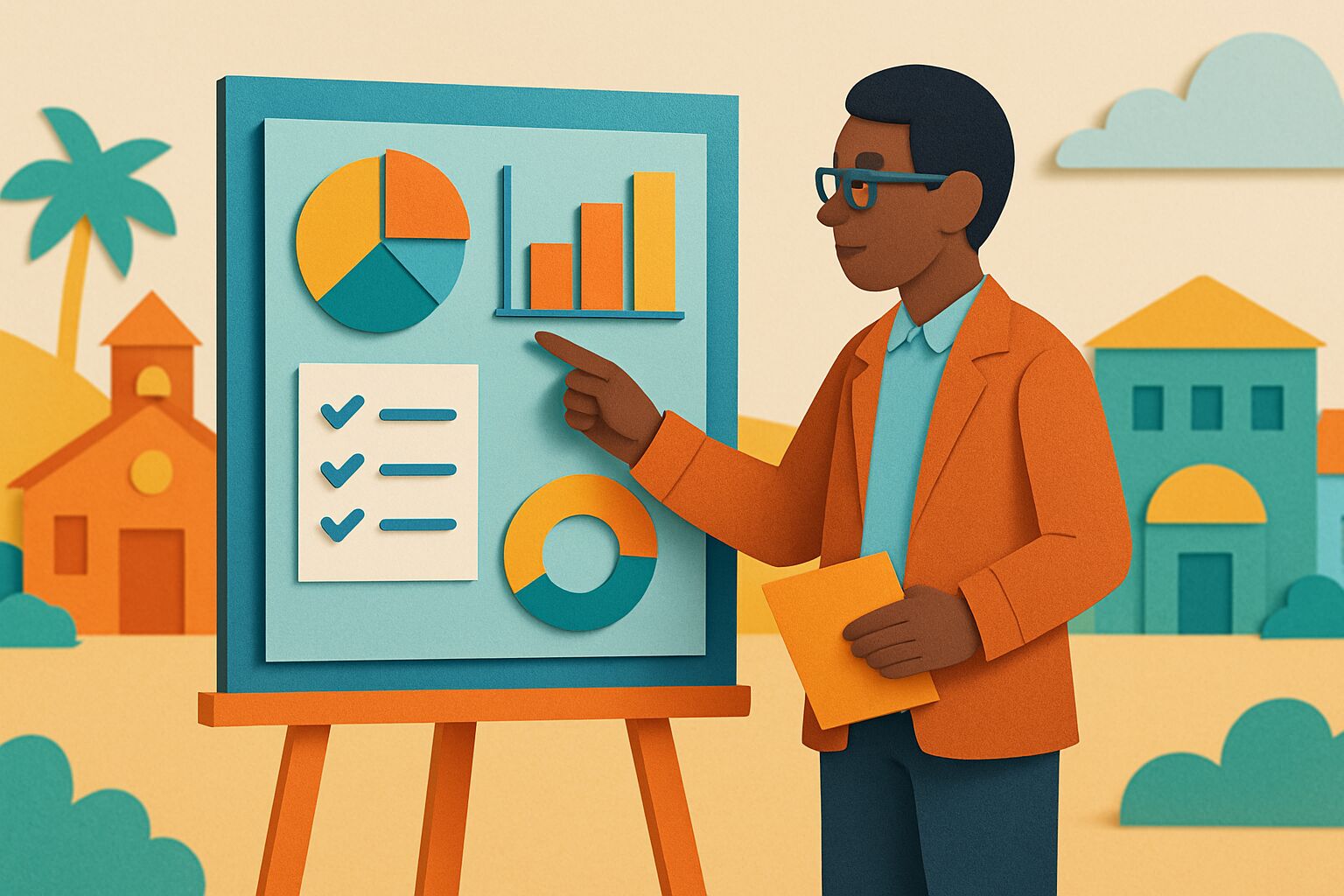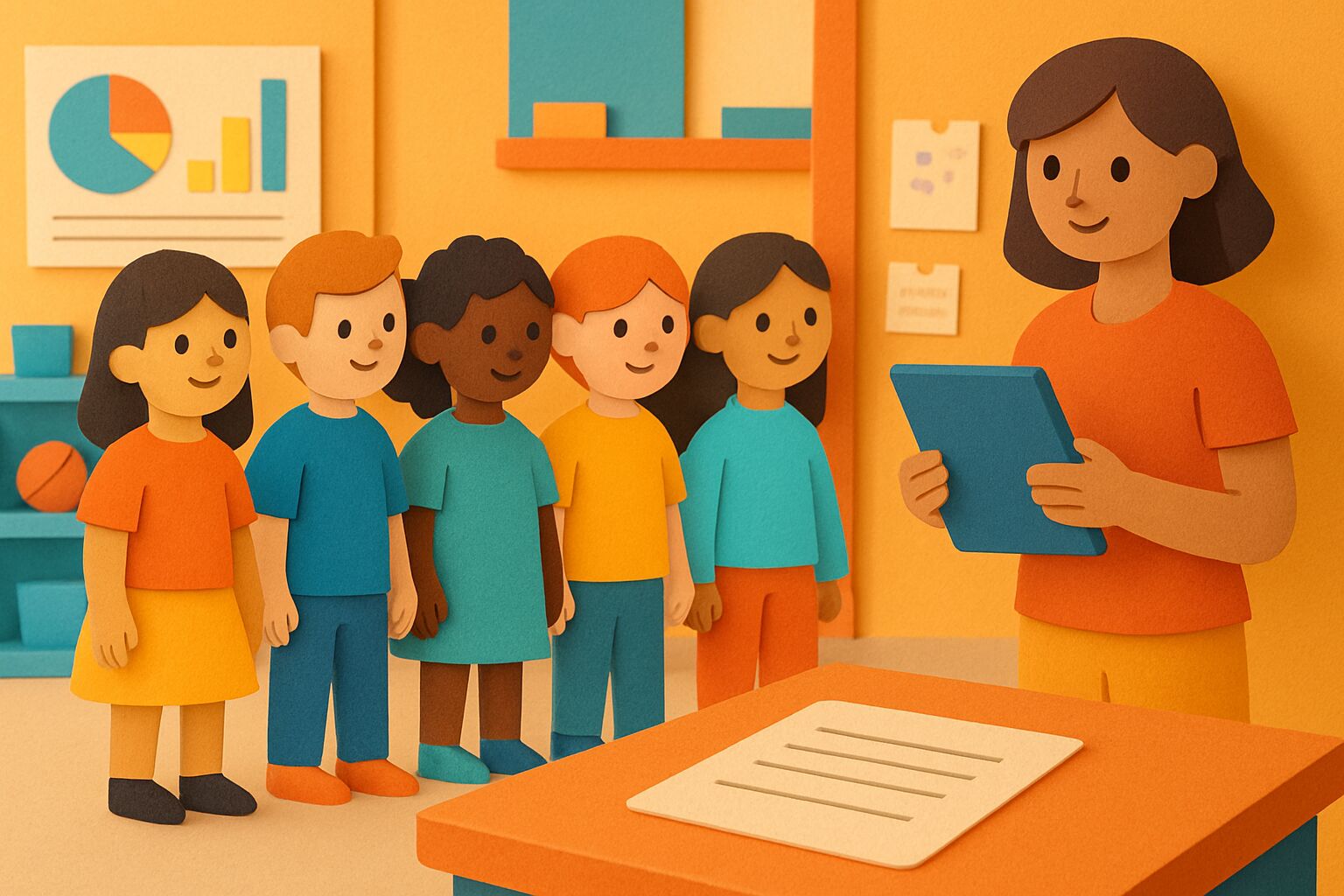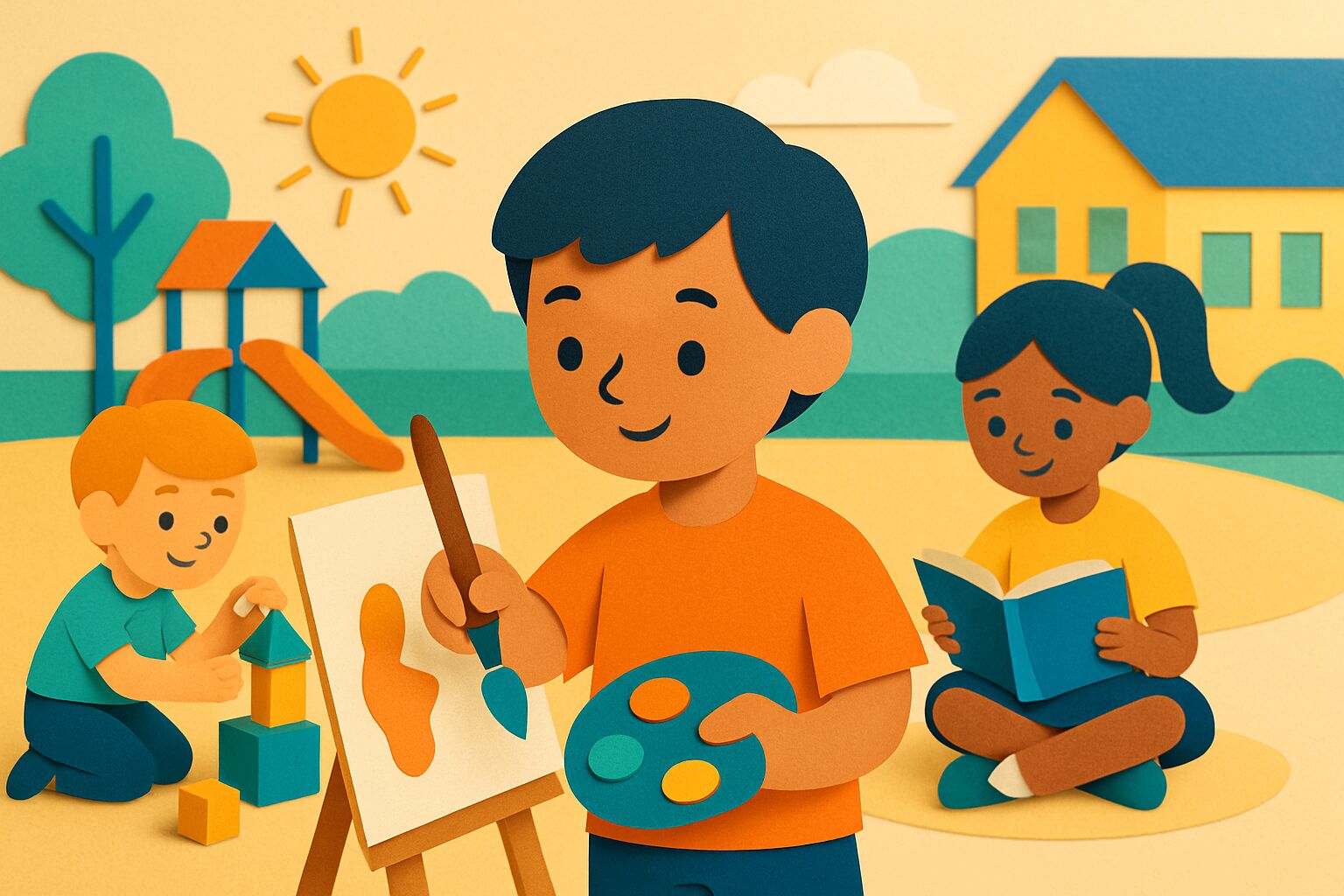What is an after school program?
An after school program is a structured, supervised set of activities for children that takes place after the regular school day ends. These programs, also called out-of-school time (OST) programs, provide a safe environment for learning, play, and social development, helping kids build academic skills, explore interests, and stay engaged until parents or caregivers are available.
Table of Contents
- What does an after school program include?
- Who are after school programs for?
- Why are after school programs important?
- Where are after school programs held?
- How do after school programs benefit children?
What does an after school program include?
After school programs can be highly varied, but they usually fall into a few broad categories. Some programs emphasize academics by offering tutoring, homework help, or subject-specific clubs that make learning fun outside of the classroom. Others focus on STEM activities such as coding, robotics, or science experiments, which not only spark interest in technology but also build problem-solving and critical thinking skills.
Creative programs are also popular. Visual arts, drama, music, and dance allow children to explore self-expression and cultural enrichment while building confidence. Sports-based programs provide organized opportunities for fitness and teamwork, often blending physical activity with mentorship and safe supervision. Finally, many programs emphasize personal growth through mentoring, leadership clubs, or community service projects. For teens, this can extend into internships, entrepreneurship workshops, or vocational training, giving students a sense of civic responsibility and career readiness.
Some organizations, like the Boys & Girls Clubs, offer comprehensive programs that combine many of these elements—academic support, arts, sports, and mentoring—under one roof. This holistic approach ensures children are supported in multiple dimensions of their growth, from academics to social skills and health.
👉 Learn more about starting an afterschool program and what it can include.
Who are after school programs for?
These programs are designed for school-aged children, typically ages five through eighteen. They take place immediately after the school day ends, filling the critical hours before parents or caregivers are available. This makes them particularly valuable for working families, since children are engaged in constructive activities rather than left unsupervised.
👉 For program leaders, see our guide on how to run an after school program.
Why are after school programs important?
The hours between 3:00 and 6:00 PM are considered the most high-risk time of day for children. Research shows that unsupervised youth during this window are more likely to become victims of crime or engage in unsafe behaviors. After school programs were created to counteract that risk by providing structured, enriching environments.
But safety is only part of the picture. High-quality programs also improve school attendance, foster healthier peer relationships, and give children a stronger connection to mentors. They are an essential part of expanded learning opportunities, helping schools and communities support children beyond the classroom.
👉 Explore why schools invest in expanded learning opportunities.
Where are after school programs held?
Most programs take place in familiar, community-based locations such as schools, nonprofit organizations, recreation centers, or childcare facilities. Regardless of where they are hosted, they share a common goal: providing a safe and supportive place for children to learn, play, and connect during the critical after-school hours.
How do after school programs benefit children?
The benefits of after school programs are well-documented. Academically, students often see improvements in grades, test scores, and homework completion. For instance, evaluations of the LA’s BEST initiative found that children who regularly participated had higher attendance and stronger outcomes in reading and math compared to peers.
Socially, these programs give children the chance to build teamwork, communication, and conflict resolution skills. Federal reports have found that students in after school programs show fewer behavioral problems and develop stronger relationships with peers and adults.
The safety benefit is also significant. Juvenile crime peaks right after school, but participation in structured programs greatly reduces the likelihood of involvement in risky behavior. Parents consistently report greater peace of mind knowing their children are supervised and safe during this time.
Finally, after school programs nurture children’s emotional well-being. Regular participants often show higher confidence, better self-regulation, and a stronger belief in their future potential. High school students in these programs are more likely to expect they will graduate and attend college. By addressing the “whole child”—academic, physical, social, and emotional—after school programs provide a foundation for long-term success.
👉 Read more in our breakdown of after school program benefits.
Conclusion / TL;DR
- After school programs are supervised, structured activities for children outside of regular school hours.
- They can include academics, arts, sports, mentoring, leadership, and career exploration.
- Programs keep kids safe, improve academic success, and support social and emotional growth.
- They serve ages 5–18 and are commonly hosted in schools or community centers.
- Evidence shows they reduce risky behaviors, boost confidence, and help children build a vision for their future.
✅ In short: after school programs are a vital resource for helping kids learn, stay safe, and thrive beyond the classroom.



